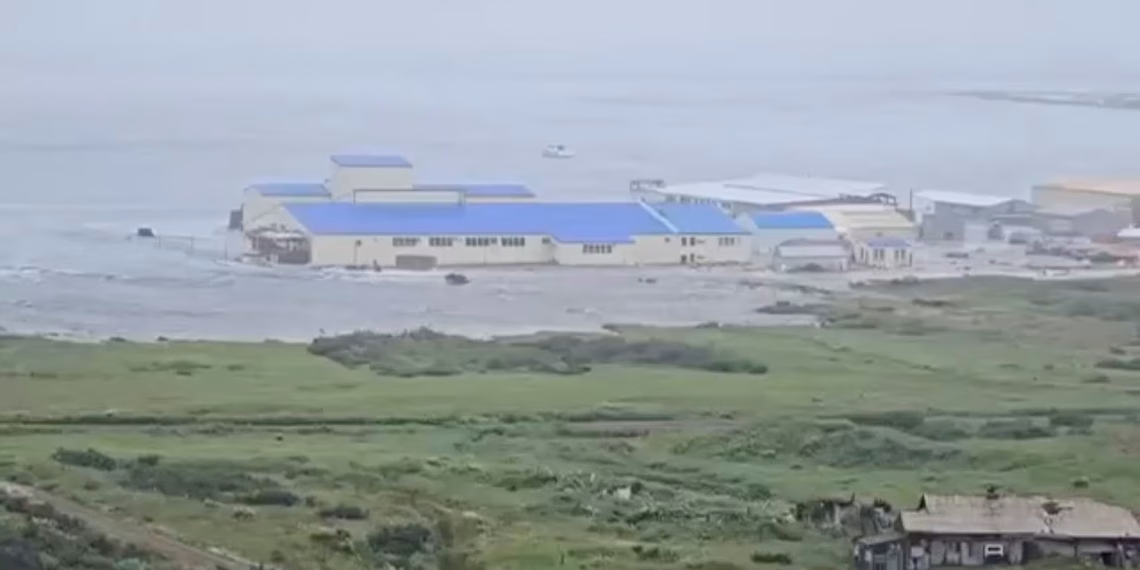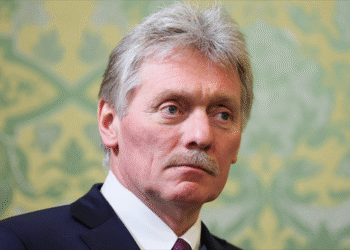PETROPAVLOVSK-KAMCHATSKY (Realist English). A powerful earthquake with a magnitude of up to 8.7 struck off Russia’s Kamchatka Peninsula on July 30, according to the Kamchatka branch of the Geophysical Service of the Russian Academy of Sciences. The epicenter was located approximately 150 km southeast of Petropavlovsk-Kamchatsky, making it the strongest quake recorded in the Kamchatka seismic zone since 1952.
Tremors were felt across the region, but no casualties have been reported, emergency officials said. The Russian Ministry of Emergency Situations (EMERCOM) confirmed that the facade of a kindergarten under renovation had collapsed, and minor damage was observed in several residential buildings, including cracked chimneys and ventilation systems. The affected areas are being inspected and secured by emergency crews.
Following the earthquake, the Kamchatka Tsunami Warning Center detected a dangerous wave heading toward the Paramushir and Shumshu islands in the North Kuril district. A strong tsunami subsequently hit Severo-Kurilsk, partially flooding the city’s port and facilities operated by the fishing company Alaid. Local residents were evacuated to higher ground.
Tsunami warnings were issued across the North Pacific, including for Japan, Alaska, and California, where wave heights were estimated to reach up to three meters.
Seismologists have warned that a significant aftershock sequence is now underway and may continue for at least a month. Russia’s EMERCOM stated that the situation is under control, and emergency services remain on full alert around the clock, continuing damage assessments and readiness measures.
The July 30 event serves as a stark reminder of the seismic vulnerability of Russia’s Far East. While the absence of casualties is a relief, the resilience of infrastructure and the speed of public alert systems remain critical priorities as aftershocks persist.


















